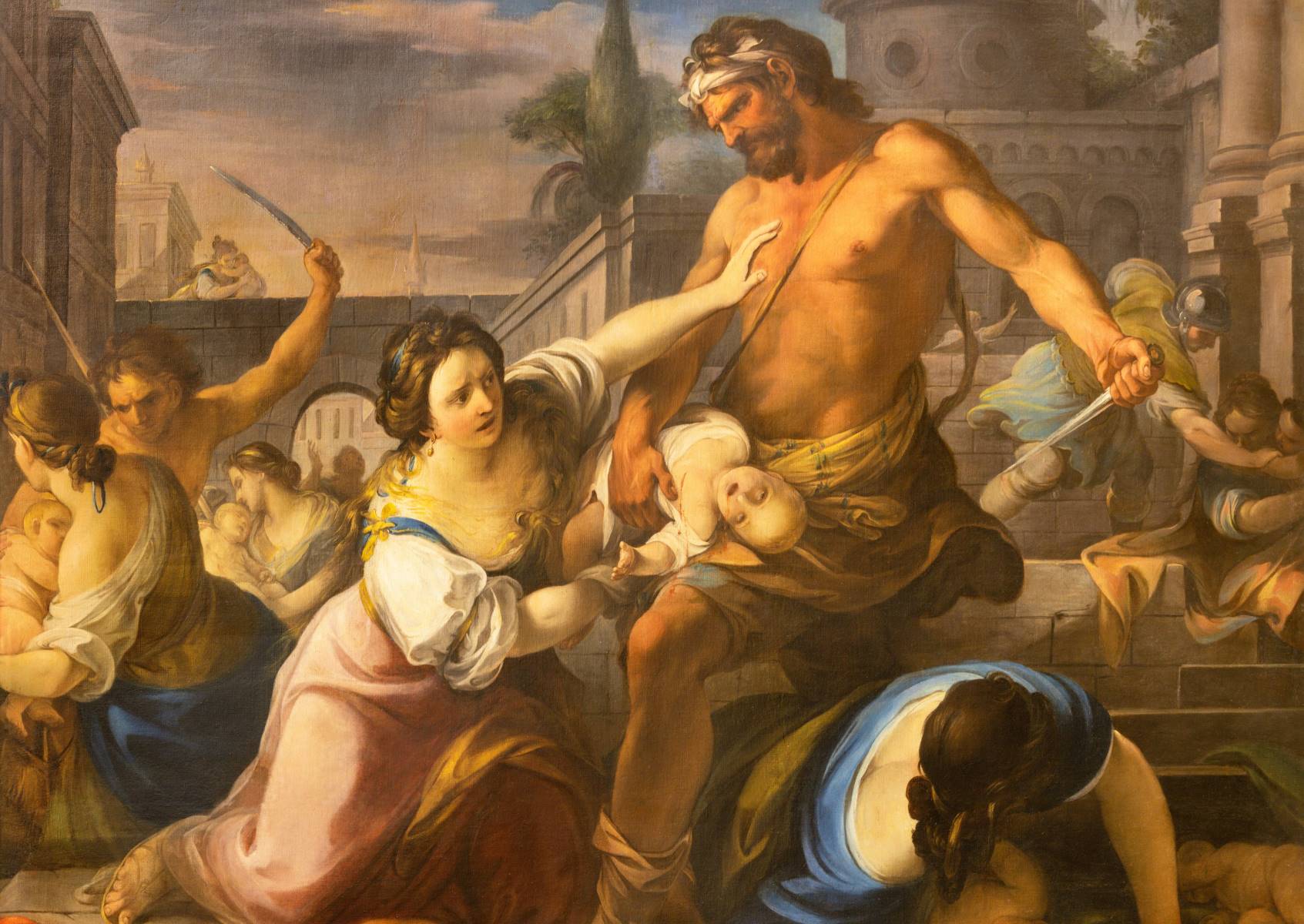
The Feast of the Holy Innocents is a day steeped in history and tradition. Celebrated on December 28th, this day commemorates the tragic massacre of young boys in Bethlehem by King Herod, as told in the Gospel of Matthew. Why is this day significant? It serves as a poignant reminder of innocence lost and the darker chapters of history. Many cultures observe this day with unique customs, from playful pranks in Spain to solemn church services in other parts of the world. Did you know that in some countries, this day is akin to April Fool's Day? Stick around to learn 20 intriguing facts about this solemn yet fascinating observance.
What is the Feast of the Holy Innocents?
The Feast of the Holy Innocents is a Christian observance commemorating the massacre of young children in Bethlehem by King Herod. This event is mentioned in the Gospel of Matthew. Let's dive into some fascinating facts about this solemn day.
-
Biblical Origin: The story of the Holy Innocents is found in the Gospel of Matthew, chapter 2, verses 16-18. Herod ordered the massacre after learning from the Magi about the birth of Jesus.
-
Date of Observance: The feast is celebrated on December 28th in Western Christianity and December 29th in Eastern Christianity.
-
Number of Innocents: The exact number of children killed is unknown. Estimates range from a few dozen to several hundred.
-
Liturgical Color: The liturgical color for the Feast of the Holy Innocents is red, symbolizing the blood of the martyrs.
Historical Context and Significance
Understanding the historical context helps appreciate the significance of this feast. Here are some key points.
-
Herod the Great: Herod was the Roman-appointed King of Judea. Known for his paranoia, he saw the birth of Jesus as a threat to his throne.
-
Prophecy Fulfillment: The massacre is seen as fulfilling a prophecy from Jeremiah 31:15, which speaks of Rachel weeping for her children.
-
Early Church Recognition: The feast has been observed since at least the 5th century, making it one of the oldest Christian commemorations.
-
Martyrdom Status: The Holy Innocents are considered the first Christian martyrs, as they died because of Christ.
Cultural and Regional Variations
Different cultures and regions have unique ways of observing this day. Let's explore some of these traditions.
-
Spain and Latin America: In Spain and Latin American countries, the day is known as "Día de los Santos Inocentes" and is similar to April Fool's Day, with pranks and jokes.
-
Philippines: In the Philippines, the day is called "Niños Inocentes" and is marked by various local customs and traditions.
-
France: In medieval France, the day was part of the "Feast of Fools," a period of revelry and role reversals.
-
Germany: In some parts of Germany, children receive small gifts, similar to Christmas.
Modern Observances and Practices
Even today, the Feast of the Holy Innocents holds significance for many Christians around the world.
-
Church Services: Special church services and masses are held to remember the Holy Innocents.
-
Prayers for Children: Many communities use this day to pray for children who are victims of violence and abuse.
-
Charitable Acts: Some people engage in acts of charity, particularly aimed at helping children in need.
Symbolism and Artistic Representations
The Feast of the Holy Innocents has inspired various forms of art and symbolism over the centuries.
-
Medieval Art: The massacre has been a subject in medieval art, often depicted in illuminated manuscripts and church frescoes.
-
Literature: The story has been referenced in various literary works, including poems and plays.
-
Music: Composers like Benjamin Britten have written pieces commemorating the Holy Innocents.
-
Modern Art: Contemporary artists continue to explore the themes of innocence and martyrdom in their work.
-
Statues and Icons: Many churches have statues or icons depicting the Holy Innocents, often showing them as young children with halos.
Reflecting on the Feast of the Holy Innocents
The Feast of the Holy Innocents stands as a poignant reminder of the tragic events following Jesus' birth. Celebrated on December 28th, this day honors the young children killed by King Herod in his attempt to eliminate the newborn "King of the Jews." Traditions vary across cultures, from solemn church services to playful pranks in some Spanish-speaking countries. The feast also serves as a call to remember and protect the innocence of children worldwide. By understanding the historical and cultural significance of this day, we gain a deeper appreciation for its place in the Christian liturgical calendar. Whether through prayer, reflection, or community activities, the Feast of the Holy Innocents encourages us to cherish and safeguard the most vulnerable among us.
Was this page helpful?
Our commitment to delivering trustworthy and engaging content is at the heart of what we do. Each fact on our site is contributed by real users like you, bringing a wealth of diverse insights and information. To ensure the highest standards of accuracy and reliability, our dedicated editors meticulously review each submission. This process guarantees that the facts we share are not only fascinating but also credible. Trust in our commitment to quality and authenticity as you explore and learn with us.


